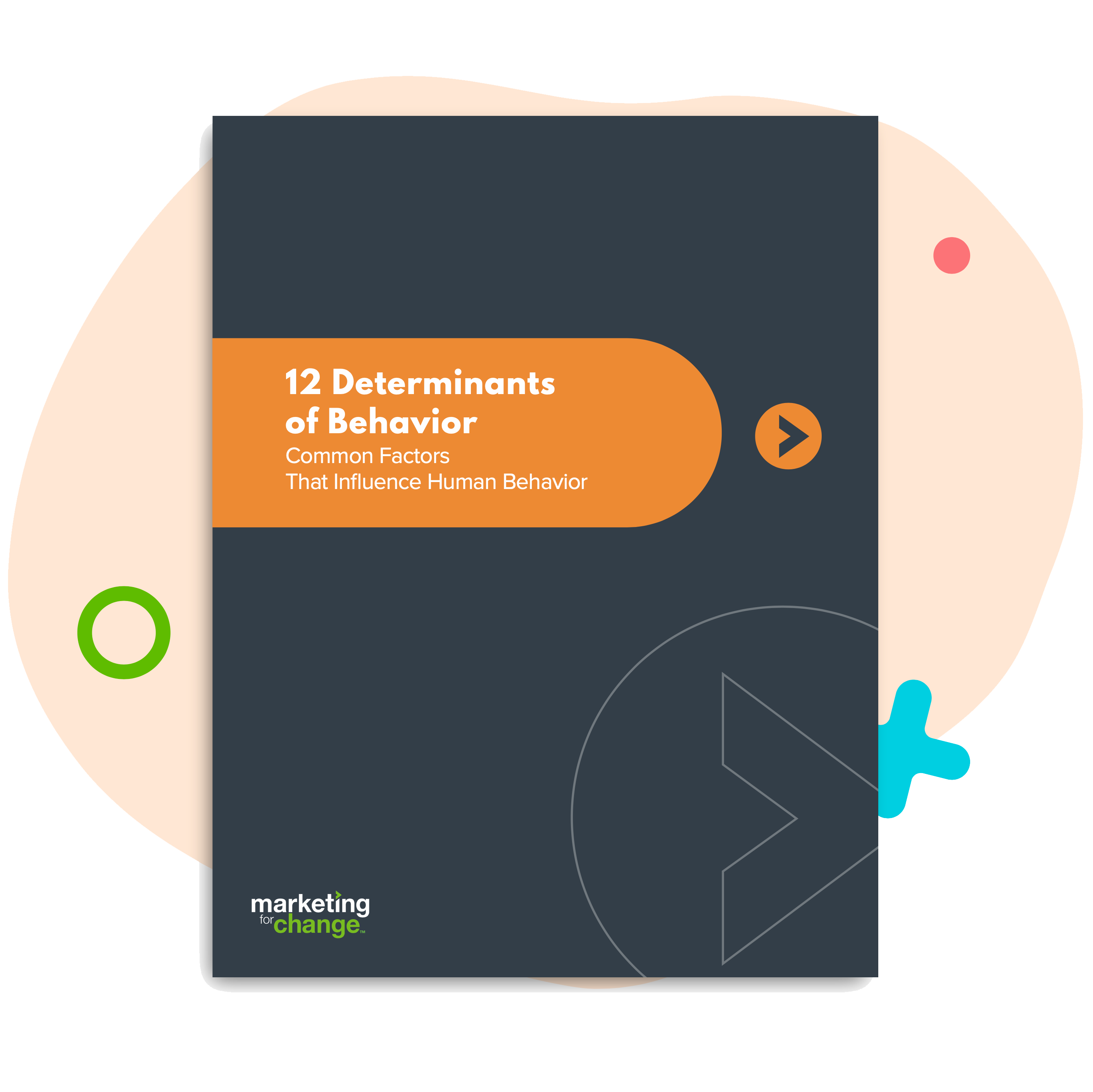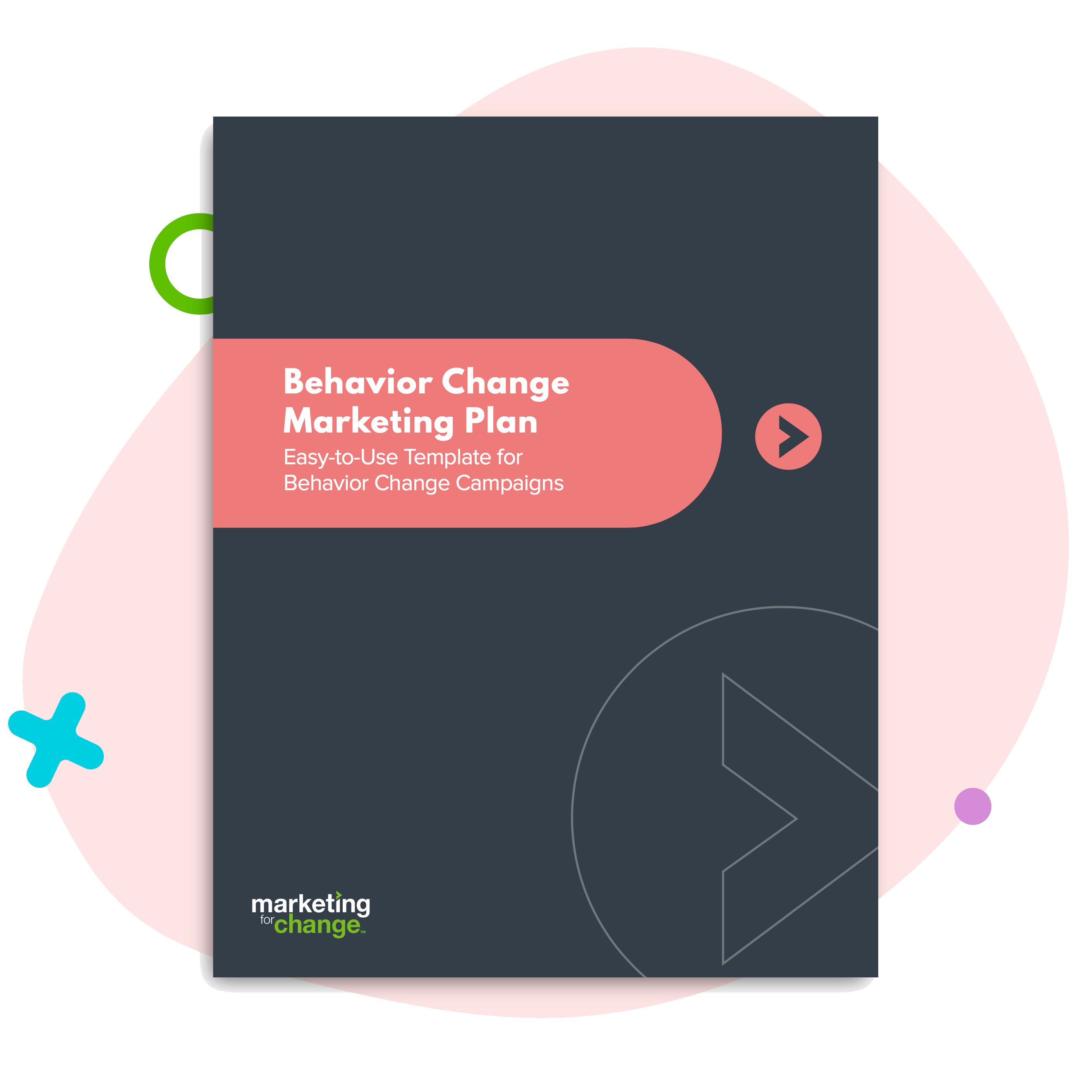
How to Keep Your Traffic Safety Campaign from Putting People to Sleep at the Wheel
Let’s make one thing really clear: people are not in the market for traffic safety campaigns. For one thing, these campaigns often are mind-numbingly boring — unless they go for stomach-turning shock value (that is just as often ignored). But perhaps the most important reason is what we call the Lake Wobegon Effect: when it comes to driving, our research has found that most motorists consider themselves to be above average. Offer tips for safer driving, and they might think that’s important information — for somebody else. Here’s how to create a traffic safety campaign that will capture drivers’ attention and change their behavior on the road.
Five Tips for Traffic Safety Campaigns
Give people a reason to pay attention. If you are a road safety expert, you possess a wealth of critically important information. But you need to give drivers a reason to pay attention to you — and telling them it will save lives doesn’t cut it. After all, most people get to and from work every day without dying or killing anybody, and as driving becomes a routine activity, other worries take precedence — like not getting fired for being late yet again, or not paying $5 a minute for picking your kid up late from daycare. Find a way for your campaign to give drivers something they already are looking for — like fitting into a social norm, or helping them demonstrate their self-standard as a better-than-average  driver by adopting the behavior you are promoting. If you are addressing a knowledge gap, how can you make it rewarding for them to acquire new information? Provide a little entertainment value, and you have a better chance of holding their attention long enough to get your message across.
driver by adopting the behavior you are promoting. If you are addressing a knowledge gap, how can you make it rewarding for them to acquire new information? Provide a little entertainment value, and you have a better chance of holding their attention long enough to get your message across.

In a recent campaign for the Central Florida Expressway Authority, for example, we wanted to discourage tailgating. But most motorists don’t know they drive too close; if you tell them not to tailgate, they’ll ignore you because they think they are already doing the right thing (or because they are more focused on keeping other cars from merging into their lane (a second behavior we will address in Phase 2 of the campaign). So instead we re-introduced the idea of the 3-second rule — something that got lost along with the disappearance of driver’s ed in Florida schools. Our billboards used humor to grab attention, and our social campaign used a touch of mystery to encourage clicks. We then engaged people on the campaign web page with an animated car game that tested their ability to count to three seconds accurately. Since the campaign’s launch in May, visitors have spent an average of 5 minutes on the Drive Smart Florida web page — more than double industry benchmarks, and long enough to play the game a time or two and read through the How To messaging.
Skip the shock value. This is a go-to tactic for many safety campaigns, but there’s lots of evidence that shows scare tactics and fear-messaging can backfire, especially among youth. Of course, a lot depends on how the theme is played out. For example, compare this graphic ad from Northern Ireland that equates speeding to killing a classroom of children on a picnic, and the Embrace Life ad from the UK that reminds people that wearing a seatbelt is not just an act of self-preservation but an expression of love. Please be honest. Is some guy saying “shame on you” going to change how you drive home from work today? Note: Northern Ireland’s Department of Infrastructure believes its shock ads have lead to a decrease in road deaths and serious injuries, but the Traffic Injury Research Foundation’s review of two meta-analyses — covering 295 studies of traffic safety campaigns in more than a dozen countries — found scare tactics only worked under narrow circumstances, and success had less to do with the strength of the fear appeal and more to do with other factors such as individual readiness for change.
not just an act of self-preservation but an expression of love. Please be honest. Is some guy saying “shame on you” going to change how you drive home from work today? Note: Northern Ireland’s Department of Infrastructure believes its shock ads have lead to a decrease in road deaths and serious injuries, but the Traffic Injury Research Foundation’s review of two meta-analyses — covering 295 studies of traffic safety campaigns in more than a dozen countries — found scare tactics only worked under narrow circumstances, and success had less to do with the strength of the fear appeal and more to do with other factors such as individual readiness for change.

Focus on simple, concrete behaviors. Have you ever read an official Driver’s Handbook? Driving is a complex activity, and most driving rules have a lot of caveats (weather, traffic conditions, etc.). How can you narrow in on a specific behavior that addresses a relevant road safety issue in an easy to understand manner? For example, saying “don’t tailgate” doesn’t tell drivers what they need to do to maintain a safe distance, but if you get too down into the weeds on all the different circumstances drivers should keep in mind, your message becomes too complicated to stick. That said, simple does not have to mean dull. (Need a sleep aid? Check out the Better Safer Driver TV ads from Ireland’s Road Safety Authority).

Get academic. If you want your campaign to do more than merely raise awareness, dust off your behavior change marketing textbooks and get started on a logic model for your campaign. According to the Traffic Injury Research Foundation’s comprehensive study, “the best road safety campaigns are based on research-driven, psycho-social theories of behavior” such as: the Theory of Planned Behavior, the Health Belief Model, the Protective Motivation Theory, and the Transtheoretical Model of Change, as well as the Social Norms Theory and the Elaboration-Likelihood Model. Our Drive Smart Florida campaign uses the Theory of Planned Behavior, and our brand promise spells out how we aim to influence attitudes, norms, and perceived behavioral control.
Make it all about them. One of the most surprising findings from some of our recent traffic safety research is how little drivers are able to emphasize with those around them. There’s something about that bubble of steel and glass that cuts us off from a sense of shared humanity with those around us. Tell drivers you understand their commute is stressful, and they’ll respond to ideas for calming their drive time. Tell them being calmer will help keep others safe (including children crossing the street on foot) and, if you dig just a little, they will quickly become defensive and shift blame. So keep the focus on the drivers themselves, rather than trying to persuade them to care about others who share the road. After all, it adds up to the same end goal: better driving behavior.

Sara Isaac is Chief Strategist at Marketing for Change.






